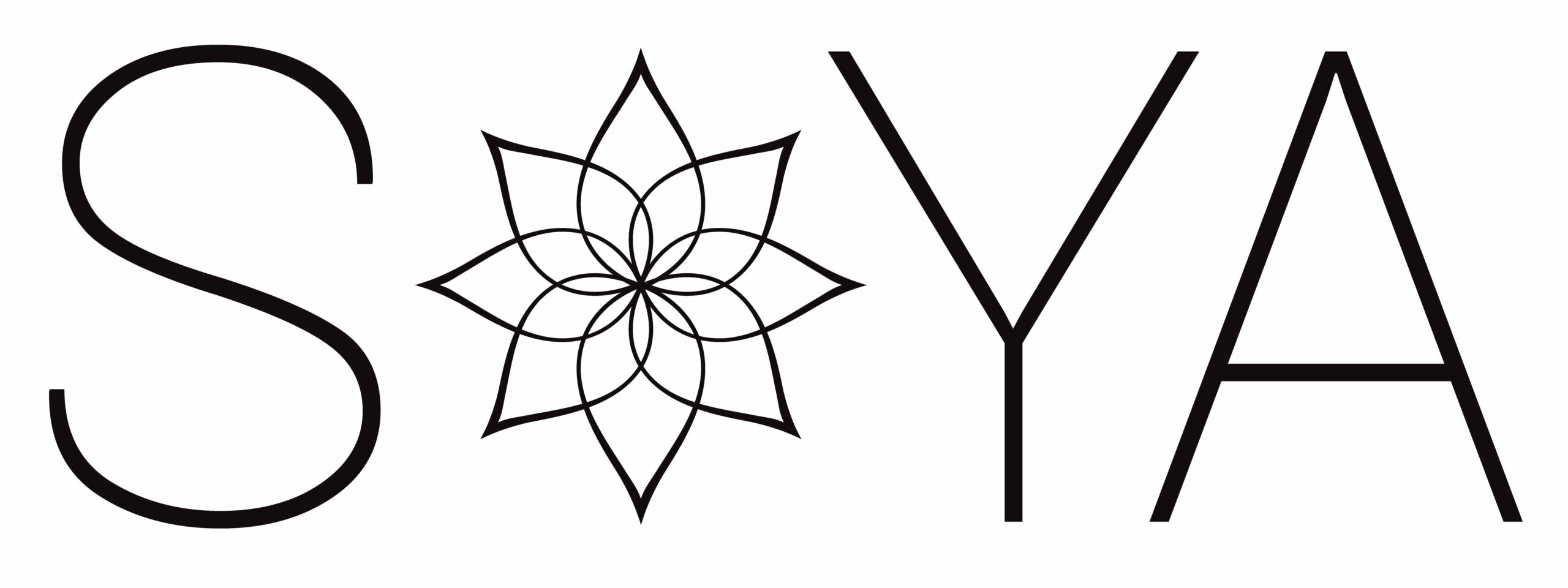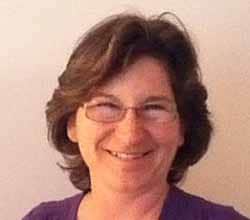By Paula Carnegie Fehr, YAA, Ayurveda teacher for SOYA 300 hr Upgrade.
YAA, Ayurveda teacher for SOYA 300 hr Upgrade.
It’s safe to say Yoga practice in North America has been burgeoning as our populace seeks refuge from stressful living. There is a strong drive for purpose in life and it feels like we fall short of that goal in debilitating ways. Pace of life is faster. Challenges are more complex. And the term, “First World problem” is becoming a catch phrase. Our health is becoming a major concern – not only physical, but mental. Life stressors are playing havoc with our ability to enjoy life and the urge to return to a place of balance in everyday life and in the world as a whole is becoming more pressing. This is one take on why Yoga and related practices like Ayurveda has become a multi-billion dollar industry in the West and why it is so needed at this time.
With such vast array of choices catering to the varied interests and capabilities of students, yoga can truly be practiced by everyone. As the focus widens from the exercise based experiences so prevalent today, foundational teachings of yoga are seeping into mainstream yoga studios and students are learning that yoga is more than a way to tone up and strengthen. Yoga is the means to know our true nature. The glimpses into this awareness may be only fleeting for some while others dig for deeper understanding. In their search, many are coming to hear about and incorporate Yoga’s sister science, Ayurveda, into their practice.
If Yoga is the means to Self-Realization, Ayurveda is the means to extend the healthy life to have more time to know the Self. Ayurveda means the Science of Longevity or the Science of Life. It has been practiced for thousands of years and utilizes many modalities within several branches of medicine. This science is becoming known to North Americans due to the efforts of people like Dr. Deepak Chopra, Dr. Vasant Lad, Dr. David Frawley, Dr. John Douillard – and yes, even Dr. Oz. Ironically, the origins of surgery seem to dwell in Ayurveda and its many thousand year old practices. Some of the work Dr. Oz and current day surgeons do has been described in its ancient texts.
While Yoga is now a household word, fewer people know much about Ayurveda – much less have access to its practitioners. So what is this science? Ayurveda has layers. It begins with the premise that everything is a unique blend of the basic elements of life. It uses the principles of earth, water, fire, air, and space to describe life (much like other systems including Traditional Chinese Medicine and classical medicine of Greece and Europe). When the balance of elements is kept, health and longevity ensue. When the elements go out of balance, disease develops and the higher purpose of life takes a backseat to coming back into balance. Energy is diverted into creating wellness instead of living purposefully.
The first layer of Ayurveda is simply maintaining the balance. This is done through lifestyle. Everyone can participate at this level. Once the balance is lost, another layer teaches how to detoxify and then rebuild to create homeostasis. This level requires technical training and many of its practices are banned in North America because they are deemed “invasive”. Only medical doctors are allowed to perform these techniques and very few have the interest to do so. In spite of this, some of the cleansing practices are available to be performed when taught how to do them properly. The neti pot practice is one example. If the balance of elements goes out enough and disease occurs, the next layer of Ayurveda brings in the Ayurvedic Doctor. This designation requires many years (usually 10 or more) of medical training in Ayurvedic Universities in India. While highly trained in many branches of medicine, Ayurvedic doctors do not have license to practice medicine in Canada or the US as our own medical doctors. Ayurvedic doctors use a variety of modalities including Yoga, Meditation, herbal treatments, essential oil treatments, diet, and even surgery. While not as well known or as prevalent as TCM doctors, Ayurvedic physicians are practicing in the West. They are a valuable resource for their expertise in creating health and well-being of not only body, but mind and spirit also. As the quest deepens, practitioners are becoming easier to find.
It feels like everything Yoga and Ayurveda makes its way deeper into our North American awareness with the help of celebrity, but that doesn’t detract from their value as so many are discovering. The greater challenge is fitting the principles of these life sciences into our busy everyday lives in a meaningful way. Both Yoga and Ayurveda ask us to re-evaluate how we live our lives. In this, we seem to pick and choose what we feel comfortable with doing. For many, this is enough. It serves a purpose. For others, the tip of the iceberg is only the sampler. There are many ways to explore having a longer and healthier life as we learn how to tap into our vast potential as human beings. The deeper teachings of Yoga and Ayurveda offer potential solutions to our global dilemmas should we choose to embrace them. As North Americans venture down this path, there is much to be said for living life purposefully. It takes courage to try and test these teachings to see what works and what doesn’t. As many teachers have said, “Don’t believe what I say until you experience it for yourself.” The proof is in the pudding.
Paula Carnegie Fehr is a senior teacher with the Yoga Association of Alberta and has been actively studying Ayurveda since 2003 with Ayu Academy, Dr. Vasant Lad, and Dr. David Frawley. She currently lives in Red Deer and offers Ayurveda Lifestyle consultation. Her wellness education services include massage, aromatherapy, iridology, mantra and astrology.
Celebrating over 25 years of Teacher Training


Recent Comments